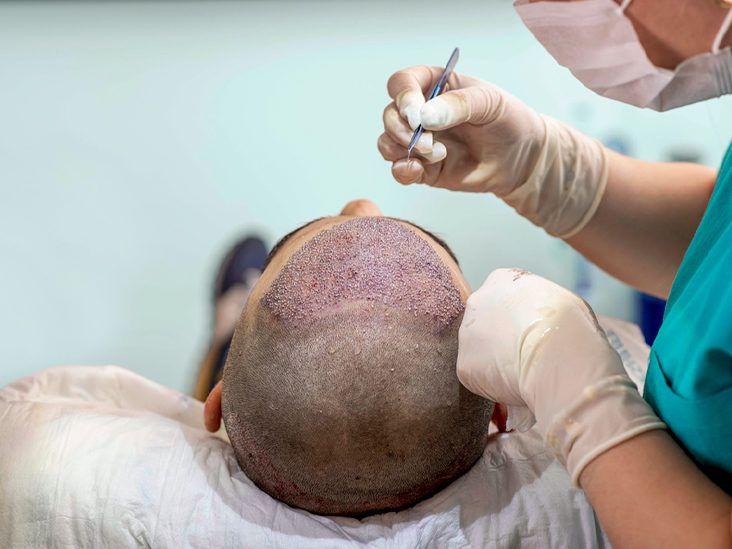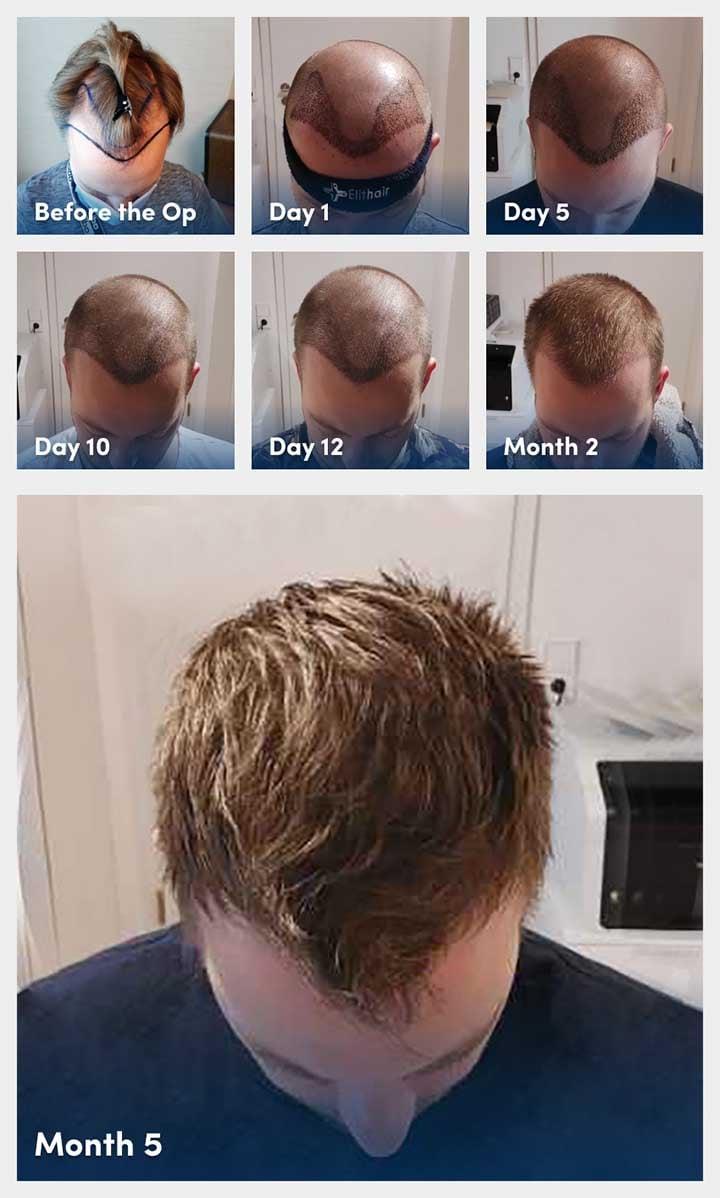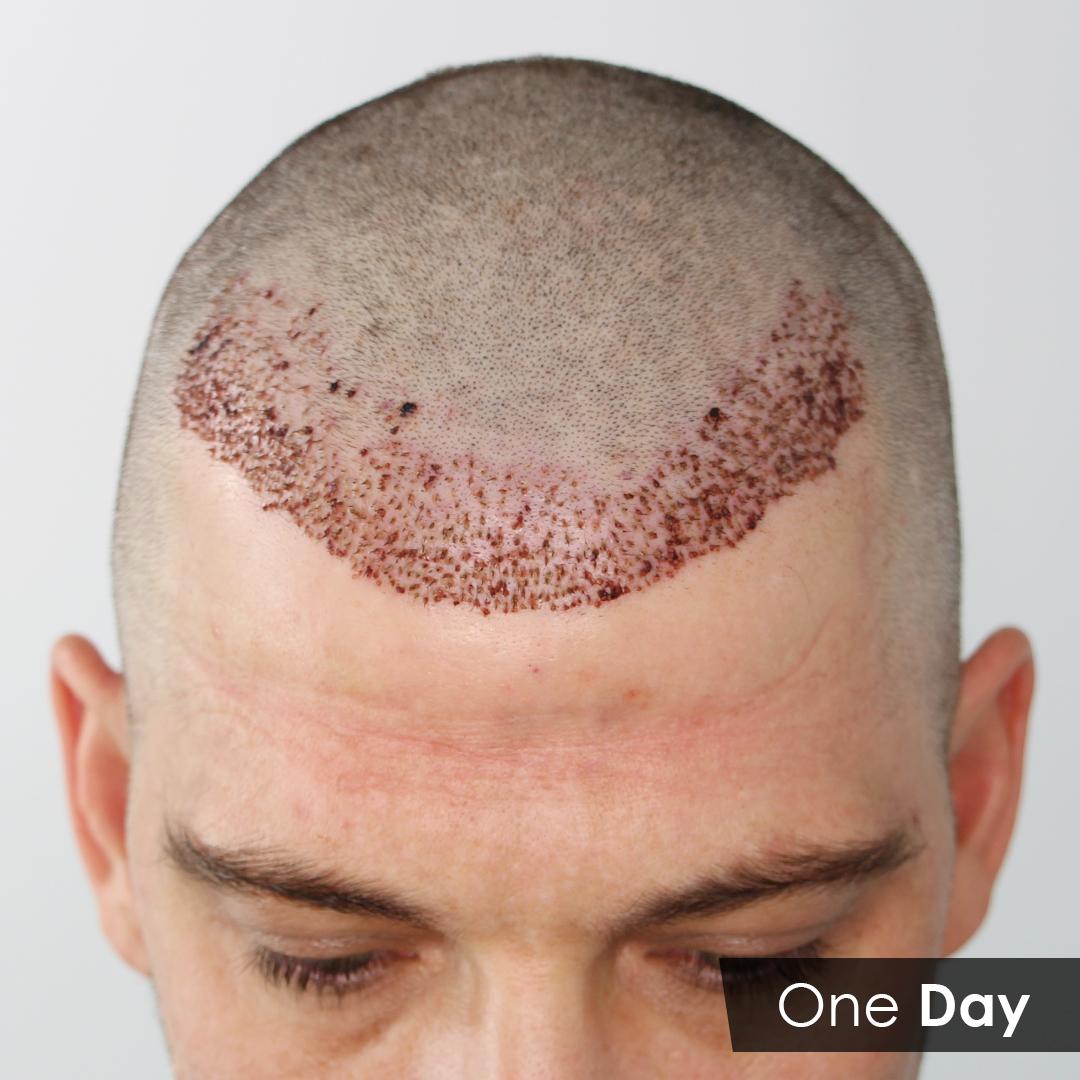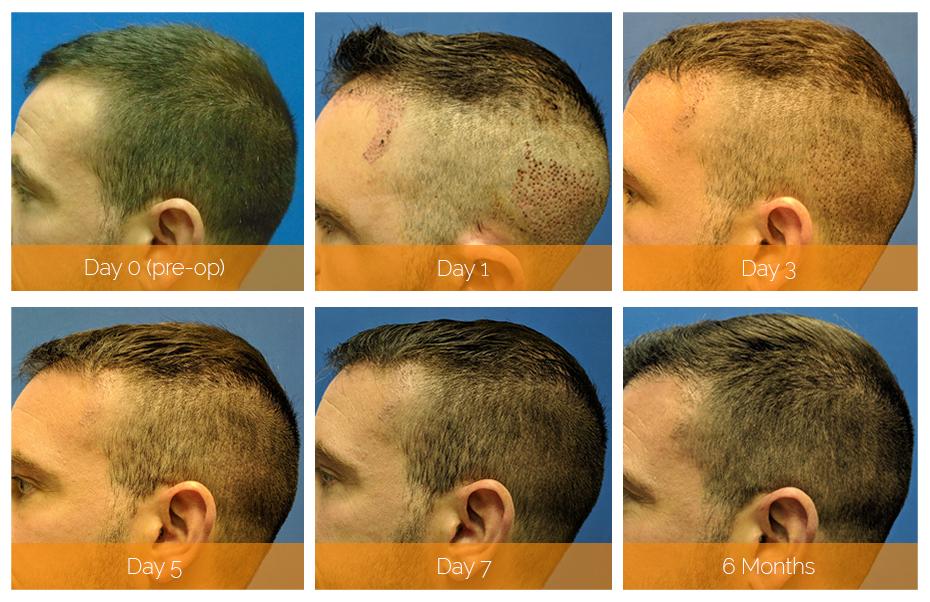Introduction: Navigating the Path to Hair Restoration
Embarking on a hair transplant journey is an exciting and transformative decision, but the path to a fuller mane is not without its twists and turns. For many, the prospect of regaining lost confidence through hair restoration brings a sense of hope, yet the recovery process can often feel uncertain or overwhelming. Understanding the hair transplant recovery timeline is crucial for setting realistic expectations and navigating the nuances of healing. In this article,we will take you on a week-by-week exploration of what to expect after your procedure,from the initial days of healing to the gradual re-emergence of hair growth. By illuminating the milestones along this journey, we aim to equip you with the knowledge to embrace the changes ahead and ultimately celebrate your new look with confidence.
Understanding the Initial Healing Phase After Hair Transplant surgery
Following hair transplant surgery,the initial healing phase typically lasts for about one to two weeks,during which your scalp will undergo important changes as it begins the recovery process. During this time, inflammation and swelling may occur around the transplant site, leading to temporary discomfort. Patients often find that this phase requires careful management to encourage optimal healing and minimize any potential side effects.
It’s crucial to maintain a clean surroundings for the scalp. Suggested post-operative care practices include:
- Gently washing the scalp as per your surgeon’s instructions.
- Avoiding heavy exercise or activities that may cause sweating.
- Staying out of direct sunlight to prevent irritation.
- Not wearing hats or tight headgear that may pressure the grafts.
During this phase, you’ll also notice the shedding of some of the transplanted hair, which is a wholly normal part of the healing process. Understanding this phenomenon can relieve concerns, as hair will typically regrow within a few months. If needed, you can keep track of your progress with a simple recovery timeline:
| Days Post-Surgery | Expected Changes |
|---|---|
| 1-3 Days | Mild swelling, redness; begin gentle cleansing. |
| 4-7 Days | Slight crusting around grafts; continue careful hygiene. |
| 8-14 Days | Scabs fall off; initial shedding of transplanted hair. |

Navigating the Early Growth Stages and managing Expectations
After your hair transplant, the first days are often filled with anticipation and excitement, but it’s crucial to manage your expectations.Initially, you’ll likely experience some swelling and redness at the recipient and donor sites. This is completely normal and part of the initial healing process. Note that the hair may appear sparse or even fall out completely in the first few weeks. This phenomenon, often referred to as shock loss, can be concerning, but it’s typically a temporary phase in the hair growth cycle.
As the weeks progress, the recovery journey will take on a distinct rhythm. During the second week, most patients notice a reduction in swelling, and the scabs that formed at the transplant sites will start to resolve.It’s advisable to refrain from strenuous activities to promote optimal healing. Keeping the scalp clean is also essential; gentle washing is recommended to avoid irritating the grafts.Here’s a brief overview of what to expect:
| Week | Key Expectation | Recommended Care |
|---|---|---|
| 1 | Swelling and redness | Rest and hydrate |
| 2 | Scabbing begins to reduce | Gentle washing, avoid sweating |
| 3 | Hair starts to shed | be patient, maintain hygiene |
During the forth week and beyond, you’ll begin to see the real potential of your transplant. The initial hair fallout might give way to the emergence of new hair growth. however, this doesn’t happen overnight. most patients notice significant changes around the three to six-month mark. It’s vital to stay focused on the longer-term results and celebrate small milestones along the way. Embracing this journey with a balanced perspective will help alleviate any anxieties and encourage a smoother recovery process.

Tips for Optimizing Hair Health During the Recovery Journey
Ensuring optimal hair health during your recovery from a hair transplant is crucial for achieving the best results possible. Start by maintaining a balanced diet rich in essential vitamins and minerals. Nutrients like biotin, vitamin D, and omega-3 fatty acids play a significant role in hair growth and overall health. aim to include the following in your meals:
- Leafy greens: Spinach, kale, and Swiss chard
- Lean proteins: Chicken, fish, and legumes
- Nuts and seeds: Walnuts, flaxseed, and sunflower seeds
Along with a nutritious diet, staying hydrated is essential. Adequate water intake helps support circulation and delivers vital nutrients to hair follicles.Additionally, consider incorporating a gentle hair care routine during this period. Avoiding excessive heat styling and harsh chemicals will prevent unnecessary stress on your newly transplanted hair. Follow these hair care practices:
- Use mild, sulfate-free shampoos: These are less irritating and better for healing.
- limit washing: Wash your hair no more than 2-3 times a week initially.
- Pat dry gently: Use a towel to dab your hair; do not rub.
managing stress effectively is crucial for hair health. Stress may hinder recovery and affect hair growth. Engage in relaxing activities like yoga, meditation, or deep-breathing exercises to maintain a calm state, as this can promote a healthier recovery environment for your hair follicles. Consider tracking your progress and activities in a simple table, which can act as a helpful reminder of your self-care practices during recovery:
| Activity | Frequency | Notes |
|---|---|---|
| Hydration | Daily | Drink at least 8 glasses of water |
| Healthy meals | Every meal | Include protein and vitamins |
| Gentle hair care | Every wash | Use mild products and avoid heat |
| Relaxation techniques | Daily | Practice for at least 15 minutes |

Recognizing Milestones: What to Look for at Key Recovery Intervals
As you progress through the stages of hair transplant recovery, it’s essential to keep an eye out for specific indicators that signal your healing and growth. Here are some significant milestones to observe:
- Week 1: Noticeable swelling may occur around the forehead, and scabs will begin forming over the transplanted areas.
- Week 2: Scabs typically start to fall off; however, some hair may shed during this process – a normal part of the cycle.
- Week 4: By now, the majority of the scabbing will have disappeared, and initial hair growth will start to become visible.
- Week 8: New hair growth frequently enough becomes more apparent, making the aesthetic changes notably encouraging.
In the following weeks, observe distinct developments that mark the transition from the healing phase to the robust growth phase. You’re likely to witness:
- Week 10: Hair begins to thicken; clients frequently enough report feeling more satisfied with thier appearance at this point.
- Month 3: Continued growth and increased density become noticeable; many begin to feel more confident about their hairstyle.
- Month 6: Hair transforms; you’re now entering the primary growth stage, with fullness and texture beginning to take form and settle.
| Recovery Interval | What to Look For |
|---|---|
| Weeks 1-2 | Swelling and scabbing, initial shedding of hair |
| week 4 | Scabs falling off, early hair growth |
| Months 2-3 | Increased density and thickness, confidence boost |
| Month 6 | Fuller appearance, settling of hair texture |
Closing Remarks
As we conclude our exploration of the hair transplant recovery timeline, it’s essential to remember that every individual’s journey is unique. While the weeks following your procedure may bring unexpected challenges and surprises, understanding the typical phases of recovery can help set realistic expectations. Embrace each stage as a step towards fuller, healthier hair and take comfort in knowing that patience is an ally in this transformative process.
Whether you’re eagerly anticipating the first signs of regrowth or navigating the occasional uncertainties, staying informed and engaged in your recovery will empower you throughout this journey.By celebrating each milestone, no matter how small, you not only cultivate resilience but also appreciate the artistry behind your new look. Ultimately, the road to recovery is as much about self-finding and confidence as it is indeed about hair restoration. We hope this guide serves as a valuable companion as you embark on your path to revitalization—here’s to a future filled with renewed confidence and the vibrant locks you’ve always envisioned.
